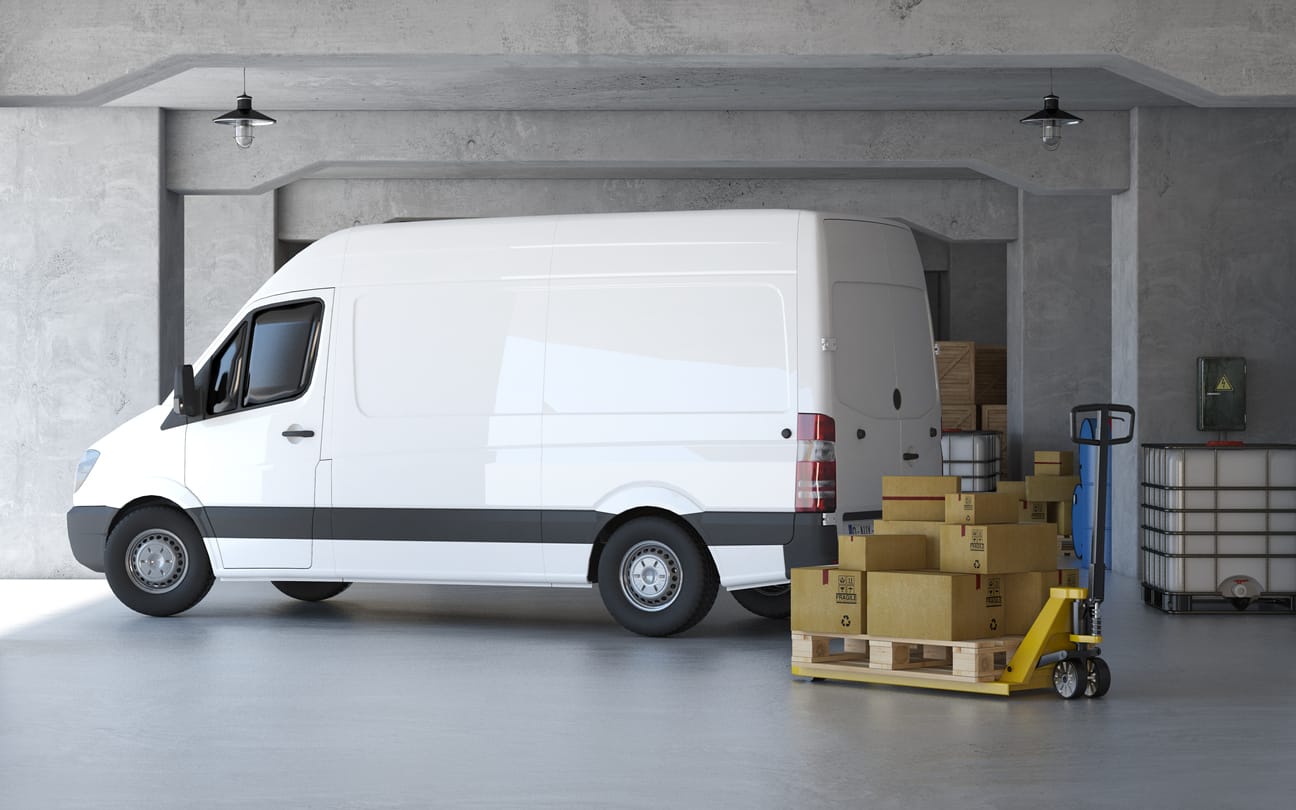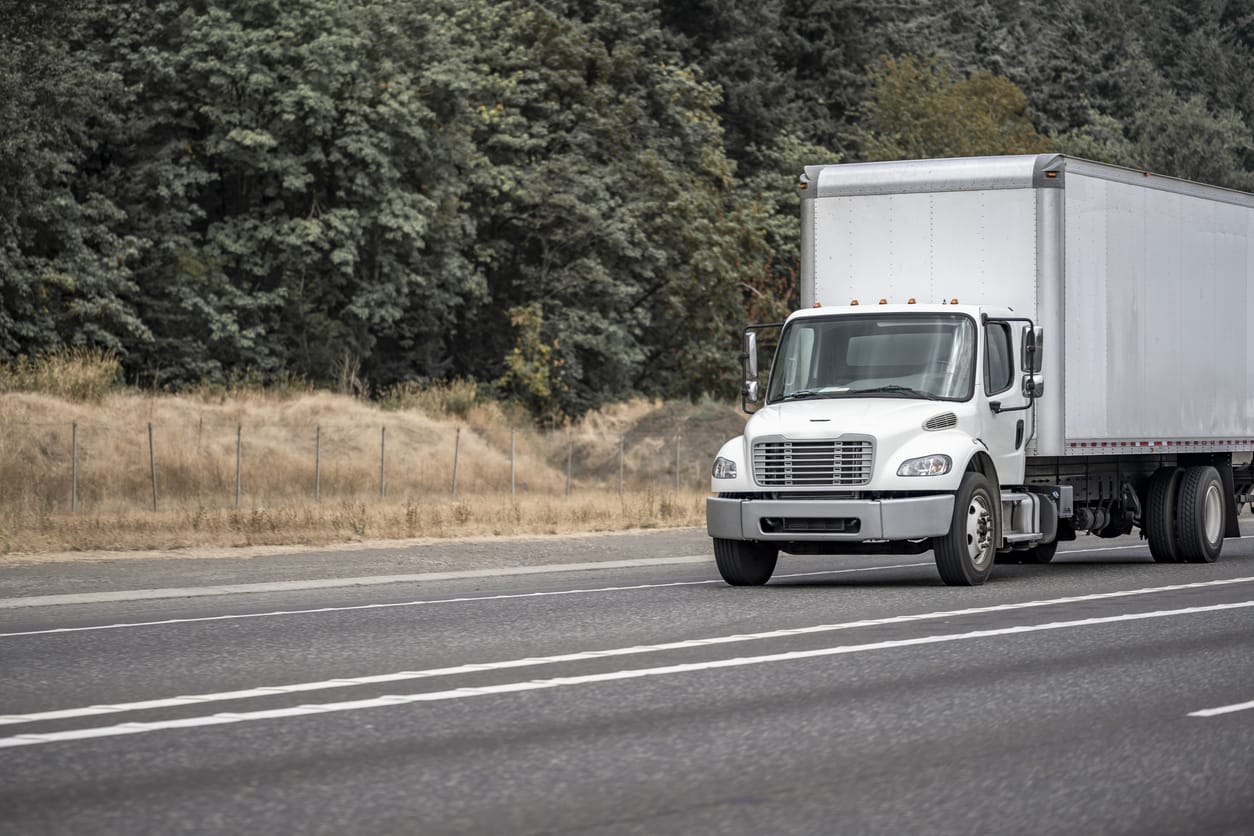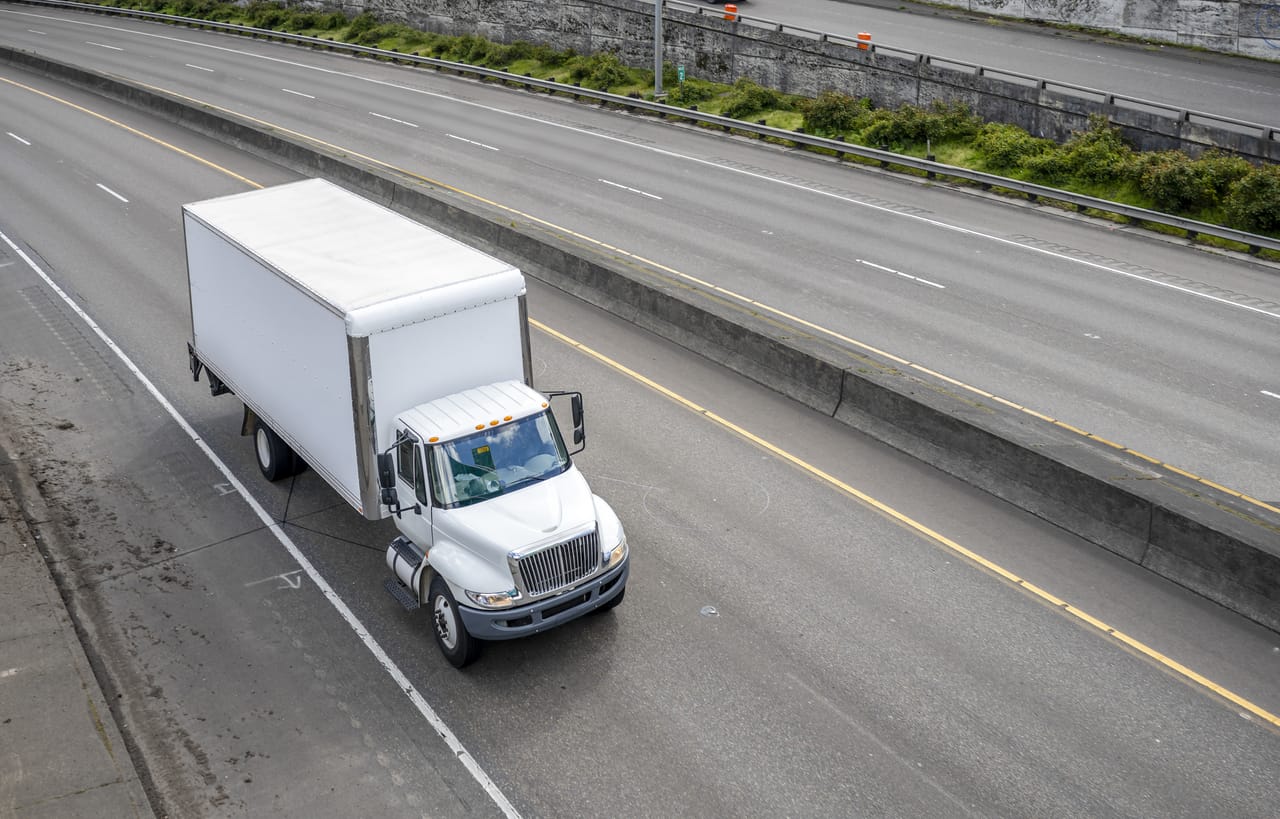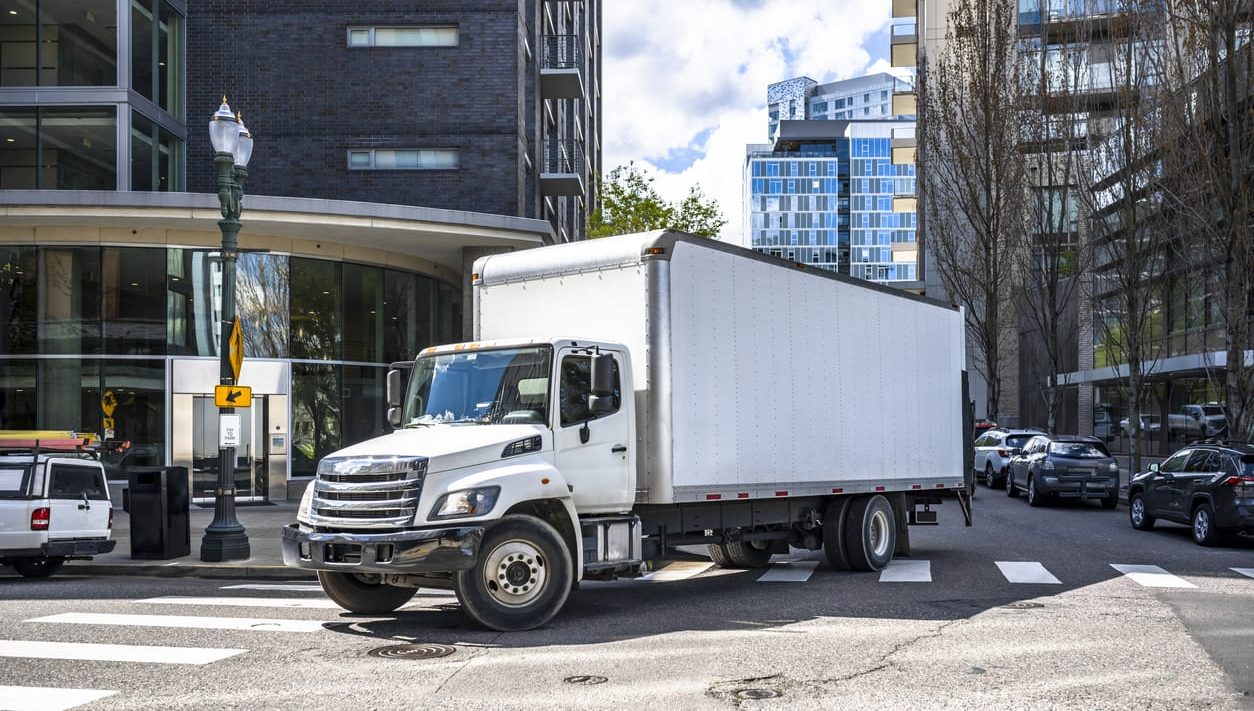Which one is right for your business? How do you know if you should go with a box truck or with a cargo van? To help you answer that question, this article will compare these two vehicles, and help you make an informed decision on what vehicle is right for your business when you reach out to shipping companies like SAC to transport your vehicles.
SAC is committed to providing the greatest cargo van transport experience for our customers. The process of shipping a cargo van can be complicated, but with careful planning and a thorough awareness of your alternatives, it won’t be at all difficult.
Box trucks are the most popular type of truck in the transport and logistics industry. They’re used for everything from dry freight to refrigerated freight, carrying anything from furniture to medical supplies.
Box trucks can carry up to 40,000 pounds of cargo (or more if you have a driver that weighs more than that), which means that they are able to haul just about any type of cargo you need hauled.
- The top three manufacturers of cargo vans are Ford Motor Company, Ram Truck Brand/Fiat Chrysler Automobiles N.V., and Chevrolet Motor Division of General Motors (source).
- The average age of a cargo van is 3.5 years old (source). It’s likely that this number has climbed since then due to the popularity of newer models like the Ford Transit Connect Wagon or Ram ProMaster City Tradesman.
The average distance traveled per year is 11000 miles which is approximately 2000 miles more than cars on average!

A box truck, also commonly referred to as a straight truck, is a truck that has a boxy appearance and is used for storage. A box truck is a combination vehicle with a cargo body and an enclosed cab. The cargo body is usually rectangular in shape, although it can have rounded corners and/or variations on the front corners.
A box truck is a truck chassis fitted out with a cargo area (box) rather than the traditional cab and cargo bed. These trucks are most often used to carry goods except for some models being used as garbage trucks and are usually the most cost-effective type of larger trucks.
One of the sizes of a truck, a box truck hauling vehicle is larger than the standard pickup. It is usually made to hold the cargo and secure it and is used primarily by freight companies like Ship a Car, Inc.
The box truck can be flatbed or have a drop box that lowers to load and unload cargo. They are available in many sizes and handicap-accessible floor plans.
A Box truck is a large and multifunctional vehicle that can haul, carry and transport a wide variety of cargo. It is normally characterized by an industry standard size, usually being from six to eight feet long with a corresponding height of eight to 10 feet.
Depending on the purpose and design of the vehicle, box trucks can also be used for other tasks such as emergency response, deliveries or other special functions. Box trucks are also sometimes referred to as flatbed trucks or van trucks.
A box truck is a valuable asset to any business dealing with shipping/receiving. A freight-hauling box truck vehicle can manoeuvre easier through tight turns and is also capable of pulling 10,000 lbs.

A cargo van is typically a light-duty commercial van which can carry heavier cargo and goods. Also, it is fitted out with basic passenger space requirements. It usually has rear seats only, a large opening in the back, and no windows.
These features make it ideal for use as a work vehicle.
The sprinter cargo van can carry more than a pickup truck due to its heavy construction and tough, high-capacity cargo area.
A Scania or Toyota-based van or an Iveco Maxi cab cargo is classified as a Sprinter.
Sprinters are popularly known for transporting luggage, passengers and transportation of goods. Sprinters are in the category of a people carrier van making them also suitable for transporting larger amounts of luggage due to having extra storage space.
Unlike standard vans try to differentiate themselves by providing more passenger seats increasing the comfort on long journeys.
Sprinter cargo van Vehicles, often called sprinters are essentially large cargo vans available in many different models, roof types and storage capacities. They can have 2 or 3 doors, a raising or lowering floor and many other seating arrangements.
The Sprinter is a van that provides an exceptionally versatile transportation solution. The style of the vehicle is boxy. This makes it ideal for carrying products or any type of cargo. Salesmen or delivery drivers love the Sprinter because they can transport their wares while making the most use of space.
The versatility of the vehicles is also very popular with small business owners as they have been configured by manufacturers specifically to haul freight like construction materials, equipment, and car parts, as well as commercial deliveries like furniture or cabinets because they offer all the functionality of large vans on a smaller scale.

The main difference between the two is their size- a box truck is larger than a cargo van. A box truck generally has a greater capacity than the average cargo van. This means the truck can carry more and larger items than your average van.
Other differences include:
- Box trucks are different from vans because they do not have doors at the back end–the entire body opens up like an accordion so that workers can load and unload boxes quickly without having to manually lift them into the vehicle. Likewise, many models feature ramps instead of stairs allowing both personnel and cargo alike easy access inside the box truck itself.
- Box trucks are different from vans because they do not have doors at the back end. The entire body opens up like an accordion so that workers can load and unload boxes quickly without having to manually lift them into the vehicle. Likewise, many models feature ramps instead of stairs allowing both personnel and cargo alike easy access inside the box truck itself.
- Box trucks generally come with beds, while Cargo vans are usually stripped of these amenities.
- A box truck is necessary for parcel delivery as it has a lift gate that allows for easier loading and unloading of cargo. A cargo van, however, is more suitable if you’re delivering smaller items rather than parcels.
- Payload capacity
The payload capacity of a cargo van ranges from 1,500 to 3,500 pounds with an average of 2,000 pounds. Meanwhile, the payload capacity of a box truck ranges from 10,000 to 20,000 pounds with an average of 13,000 pounds.
Cargo vans can accommodate up to 48 long pieces or 12 wide pieces of furniture while box trucks can accommodate up to 120 long pieces or 24 wide pieces of furniture.
Cargo vans offer more storage space than that found in most box trucks; however, in general, the floor space inside any given type is limited when compared to other types available on the market such as van conversions or panel trucks.

- Environmentally friendly
Box trucks are the most environmentally friendly option when it comes to freight hauling. The steel they are made of is recyclable, whereas cargo vans are made of aluminum, which cannot be recycled. Due to their compact size and low weight, box trucks use less fuel than a cargo van would.
- Ease of Parking
It can be a challenge to find a parking spot when you’re behind the wheel of a cargo van. The box truck, on the other hand, is one of the easier vehicles to park because it has so much more space between its front and rear wheels. You can easily see over its hood and maneuver around tight spaces without worrying about bumping into another vehicle or getting stuck in a narrow spot.
- Maneuverability
In terms of maneuverability, box trucks are much more capable than cargo vans. The larger wheelbase and taller height give them better stability at higher speeds, which is particularly useful if you have to drive on the highway or in inclement weather. However, when it comes to tight spaces and parking garages, it’s best to use a cargo van instead.
Cargo vans are also favored by people who need more interior space for their freight-hauling purposes. While some cargo vans can be fairly large (up to 15 feet long), others come in a variety of sizes ranging from 8-12 feet long that may be too cramped for your needs.
This is why you need to do your research beforehand so that you’ll know what size truck will fit into the parking garage where you’ll park most often before deciding which type of vehicle would work best for your business needs.
- Floor Height
The next difference is the height of the vehicle. A box truck has a taller floor height, which allows you to load and unload items quicker than a cargo van. The higher floor also means that you can carry more weight in your box truck.
In contrast, a cargo van has a lower floor height because it was designed to be used as an everyday driver and not for heavy loads like construction sites or factories. The lower floor makes it easier to access your belongings when loading groceries or other personal items into the back area of your vehicle.

Tires – The van’s tires should be wide enough to provide stability and accommodate heavier loads.
Bumpers – Bumpers must withstand constant impacts without being damaged or bending.
Cabinet – The van’s cabinet should have at least a set of drawers, a pegboard, and a bench.
Handles – A good side door handle can help you move boxes around the van.
Sidewalls – They should also have reinforced sidewalls to support the extra weight.
Many things go into choosing the perfect vehicle for your personal or company’s needs such as how often you move Items and machinery, where; how much space you need; how much weight you anticipate needing to transport each time etc.
No matter what your type of business may be, there are going to be times when you’re transporting cargo or vehicles from point A to point B. With larger businesses, this task can be accomplished with box trucks and cargo vans and now you know better and can decide which you want Ship A Car, Inc should use for your delivery.
When you’re looking for commercial moving services, make sure to ask about these two options before scheduling your move, you don’t want to book the wrong one.




